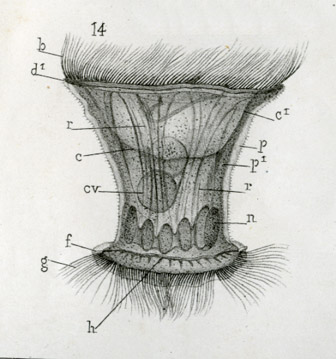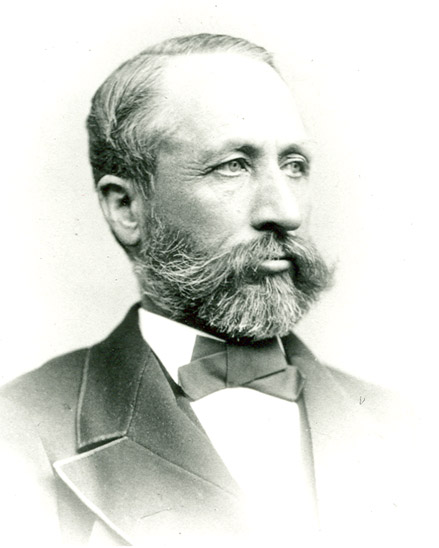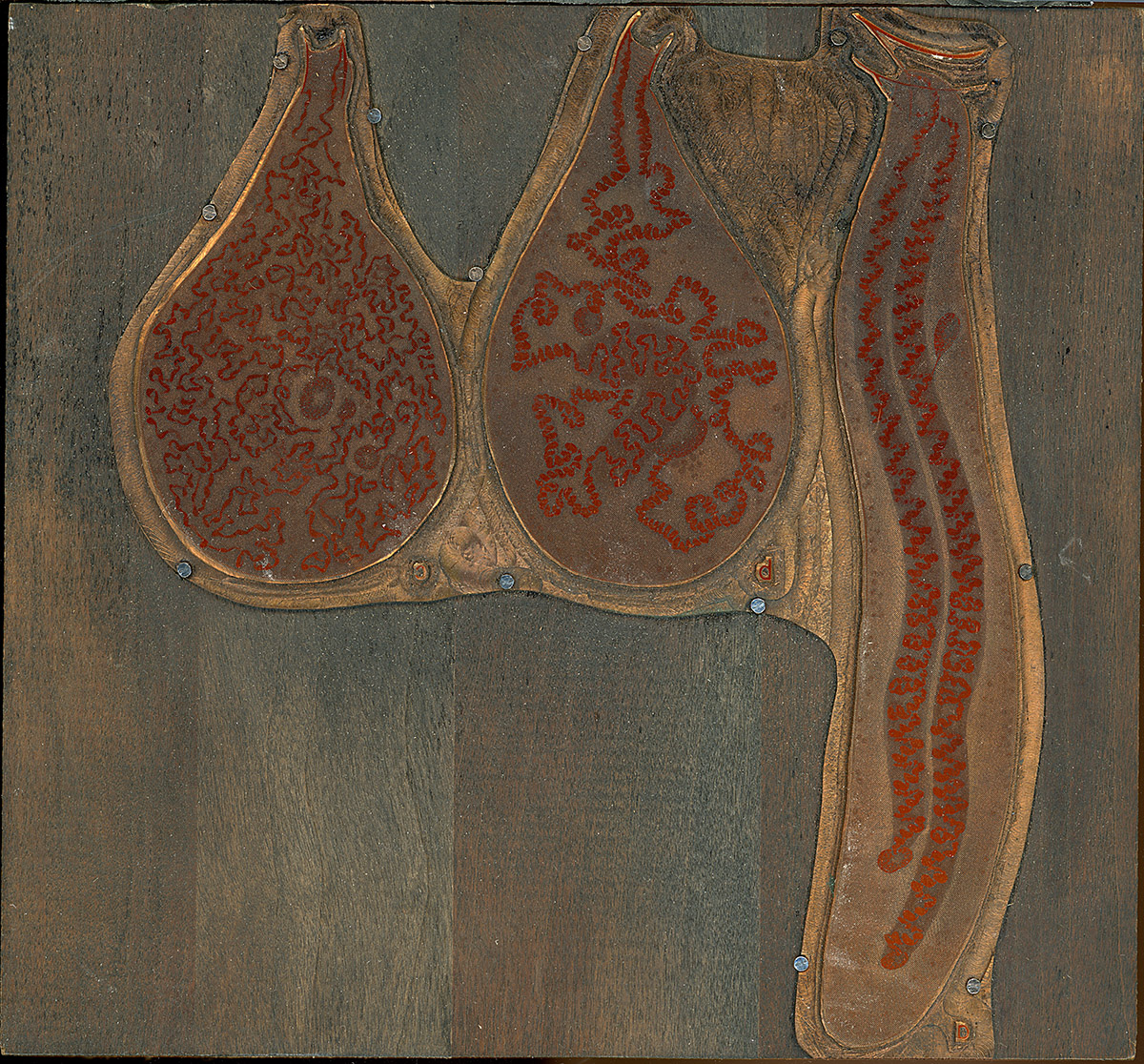Ercole Canale-Parola Papers
Born in Rome, Italy, in 1929, Ercole Canale-Parola suspended his studies in 1951 to join his mother who had remarried and moved to Chicago. Continuing his education at the University of Illinois, Canale-Parola earned three degrees in microbiology in quick succession and marrying a fellow student, Thelma. On faculty in the Department of Microbiology at UMass Amherst from 1963 until his retirement in 1994, Canale-Parola’s research on the structure and metabolism of the cellulose cell walls of Sarcina helped him build a reputation as one of the world’s leading experts in the biology of spirochaetes. One of the crowning testimonies to his career was the naming of a spirochaete in his honor: Canaleparolinas. Thelma Canole-Parola died in 2011, followed by Ercole in March 2013.
A mixed assemblage of publications, lecture notes on microbial diversity, and specimens from a key figure in microbiology at UMass, this collection is highlighted by Canale-Parola’s notes on lectures delivered by Cornelius B. Van Niel (1961) and 52 (of 58) reel to reel tapes of lectures on microbiology and lab techniques by van Niel.





 View the online
View the online 